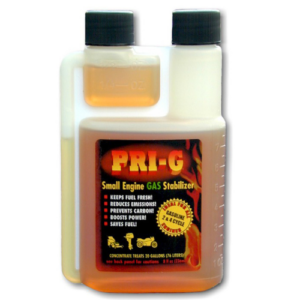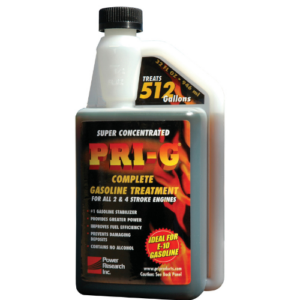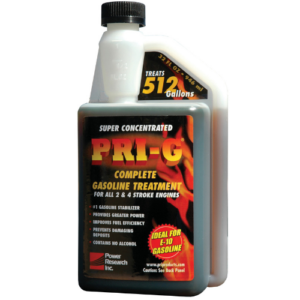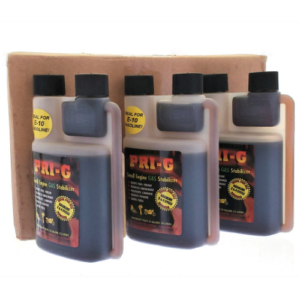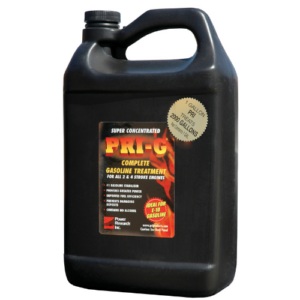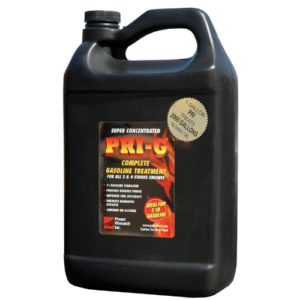Cart (0)
Close
-
PRI-G 16 oz 2 Pack
Rated 0 out of 5$46.00$42.00PRI-G 16 oz (2 pint special) Fuel additive, Conditioner and Stabilizer -
PRI-G 8 oz (2 pack) Small Engine Gasoline Treatment
Rated 0 out of 5$14.50PRI-G 8 oz fuel stabilizer for treating small engines or small amounts of fuel. Small engine gas stabilizer for long-term fuel storage. Do I need a fuel stabilizer for my lawn mower? How about old gas in lawn mowers and yard tools? What about storing a lawn mower for winter? -
PRI G 32 oz
Rated 0 out of 5$32.50PRI G 32 oz Gasoline Stabilizer Fuel Treatment - One Quart Treats 512 Gallons -
PRI G 16 oz
Rated 0 out of 5$23.00PRI G 16 oz - Pint Size Gasoline Fuel Treatment - Gas, Ethanol, E10 Fuel Stabilizer -
-
PRI-G 8 oz 12 Pack
Rated 0 out of 5$87.00$78.00PRI-G 8 oz 12 Pack - Best choice for treating 20 gallons or less
-
PRI G Gallon
Rated 0 out of 5$89.00$84.00PRI G Gallon - Fuel Stabilizer Gasoline Fuel Treatment - Treats 2000 gallons -




